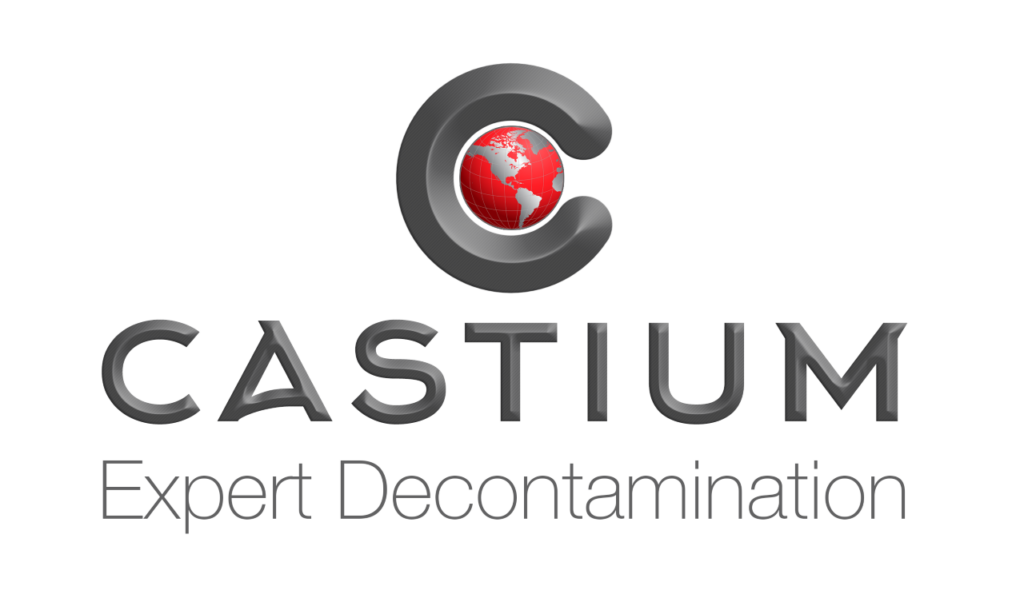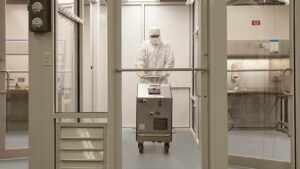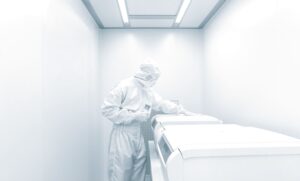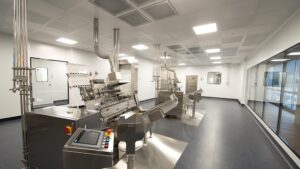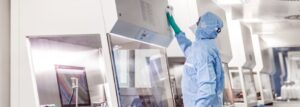Biological Safety Cabinets
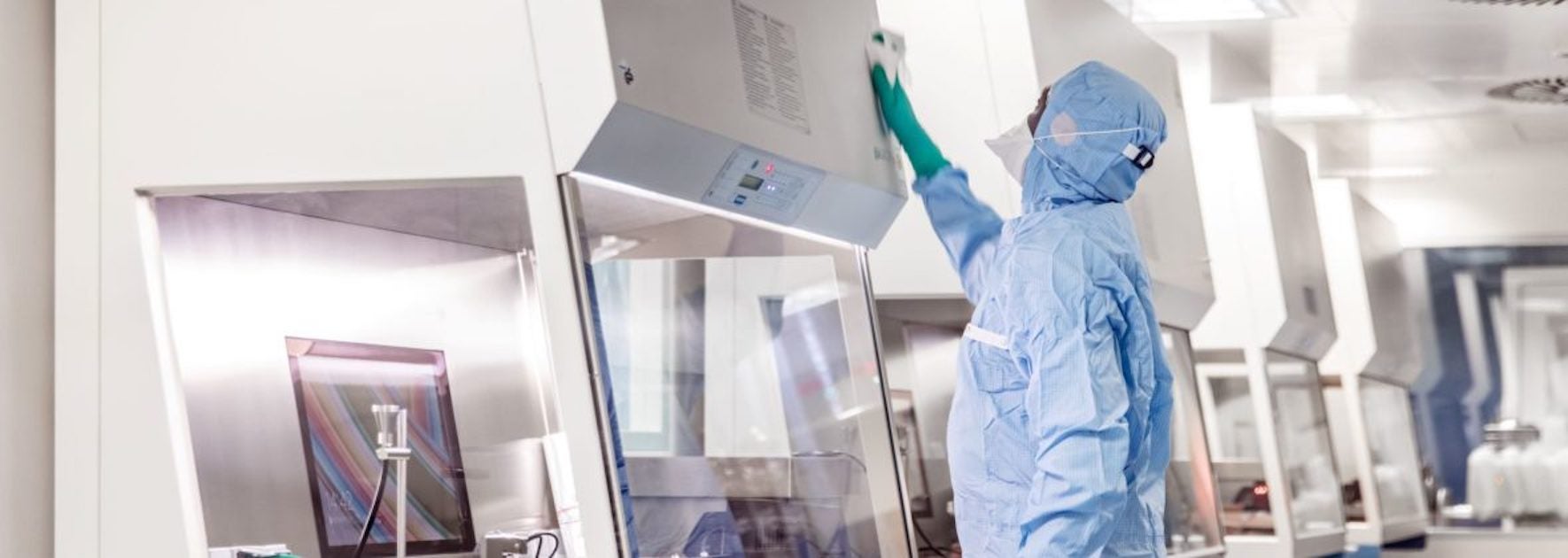

Castium utilises both Bioquell and Steris technology to offer the decontamination of different types and makes of safety cabinets, including both re-circulatory and ducted biological safety cabinets utilising Hydrogen Peroxide Vapour Generator systems.
Safety Cabinet Decontamination
Hydrogen Peroxide Vapour has many advantages over alternative methods, including its speed, safety and the ability of the lab to stay operational during the cabinet decontamination.
We are able to decontaminate Biological Safety Cabinets as required as part of routine housekeeping programmes and emergency call-outs.
Key benefits:
- Use of patented Hydrogen Peroxide Vapour technology equipment.
- Rapid & residue-free decontamination cycles.
- Safe to use on all sensitive electrical equipment.
- Specially designed self-sanitising equipment.
- Proven and published efficacy against a wide range of micro-organisms.
- Carried out by specialist, highly trained engineers.
- High-level verification using chemical indicators tuned to react as 6-log Geobacillus stearothermophilus biological indicators (BI’s) but with an instant result. (Biological indicators are available as an optional extra if required).
- Fully documented service including risk assessment, method statement, detailed final report and certificate of decontamination.
The most efficient way to bio-decontaminate safety cabinets is to have a two-cycle approach.
Where bio-decontamination is only required for the workspace, or under the work tray, a chamber cycle can be used. The chamber cycle uses less hydrogen peroxide than a full filter cycle, as the volume/surface area to be bio-decontaminated is vastly decreased, and should be thought of as a ‘short’ cycle. The procedure is simplified because the connections are made directly into the workspace, and is achieved through the night door (modification required).
Where a bio-decontamination cycle is required prior to a service engineer visit, which will require contact with the inside of the safety cabinet filter plenum or top box, then a filter change cycle must be used. As the name suggests, the filter change cycle is used when the safety cabinet filters require changing or the cabinet in question has a contamination issue. The filter change cycle uses more hydrogen peroxide than the chamber cycle, as the surface area to be bio-decontaminated is much larger. It can be thought of as a ‘long’ cycle. For all filter change cycles, it is necessary to draw air, and therefore hydrogen peroxide, through the cabinet via a connection after the exhaust filter in the cabinet to ensure that hydrogen peroxide is drawn through the cabinet filters achieving bio-deactivation of biological agents throughout the safety cabinet.
Safety Cabinet Servicing
- Check function and Calibration of the Airflow and Filter Pressure Drop Indicators (where applicable).
- Measure Inflow and downflow Air Velocities, in accordance with BSEN12469:2000
- Measure Breach Inflow Velocity (Class 3 Cabinets only)
- Measure Average Light Levels (lux) within cabinet at working height
- Measure snapshot Sound Level (dBA) within cabinet
- Carry out HEPA Filter Integrity test, in accordance with BSEN12469:2000, using an aerosol challenge of Shell Ondina EL, and filter sampled on the downstream side with calibrated, digital Photometer (ATI TDA-2H or similar). Maximum permitted downstream penetration will be <0.01% unless otherwise specified.
- Carry out Operator Protection Test at front aperture, in accordance with BSEN12469:2000 using KI Discus method. Five replicate tests to be performed on each cabinet (where <1.5m aperture width), and Operator Protection Factor will be determined from the results.

